In the summer of 2016, a surge of industry hype propelled No Man’s Sky into one of the biggest releases of the entire year. The game, made by indie studio Hello Games, promised players the opportunity to explore a seemingly endless procedurally generated universe.
As the first NMS copies began to sell and reviews were posted, however, the tide turned against the hopeful developers.
Seven years after a disastrous launch, NMS is almost completely unrecognizable. Older graphics have been revamped, large swaths of players use multiplayer functions to complete expeditions, and others are constructing futuristic mechs and cities. Most importantly, fans and reviewers view NMS in a positive light, showering the title with praise and positive reviews on Steam.
But how did an indie developmental team revive their game from the dead?
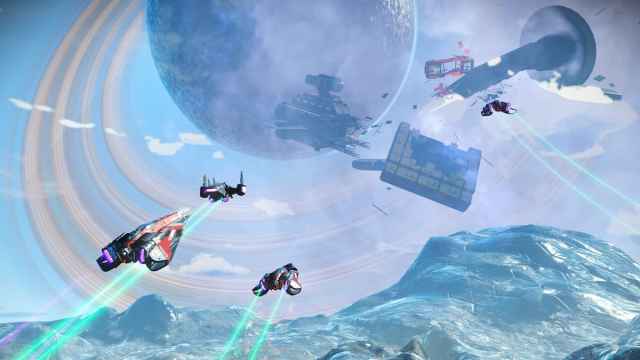
What was marketed as an ever-changing space explorer was quickly lambasted as buggy, repetitive, and full of empty promises upon NMS’ release. Space flight felt clunky, traveling too quickly would cause plants, animals, and even mountains to randomly pop in, and the game’s story was incredibly dull. Most memorably, lead developer Sean Murray ensured gamers NMS was a multiplayer experience, but claimed the in-game universe was so large that the chances of anyone meeting online were too slim to matter. Everyone was shocked just days later when two friends met on the same planet, but couldn’t see one another on their respective screens. This endless slew of complaints doomed the game just as it launched, leaving the indie darling drowning in a sea of negative press and controversy.
While they could have simply wiped their hands clean of the project, developers at Hello Games buckled in and faced these many problems head-on. Murray manned the helm, keeping his spot as the face of not only the game, but the whole company, and promising fans that NMS would eventually live up to their original expectations.
In an industry flooded with paid DLCs and microtransactions, the Hello Games team leaned away from this penny-pinching approach. Instead, they’ve developed over 30 content updates since 2016. These ranged from complete graphical overhauls and creating highly requested features such as settlements, mechs, and shipbuilding to revamping the game’s story. With every massive release, fans were pleased to find each update launched completely for free.
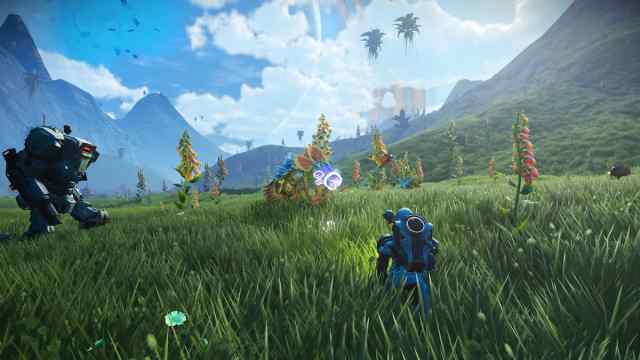
The developers, either intentionally or not, modeled this development cycle after older games, where a full experience was promised with just a single purchase. While it may have taken some time for the product to truly shine, the game’s modern success speaks to the validity of this approach. With each free update, new and old players flock back to their favorite sci-fi universe ready to experience what the devs have been cooking up. It’s been an incredibly refreshing approach, and it feels fantastic to see a team of developers take community criticism to heart and genuinely try their best to fix the game’s problems.
Having played the game in the 2016 dark ages, I now believe NMS has never been better; every issue I had with the original version of the game has been rectified. Graphical pop in has been curbed, the new main story gives me a sense of purpose, I can create vast homes out of natural materials, and even send my freighter on deep-space missions with my friends. Every update brings a patch list that rivals triple-A releases, with so much content you feel overwhelmed by the sheer amount of joy the developers coded.
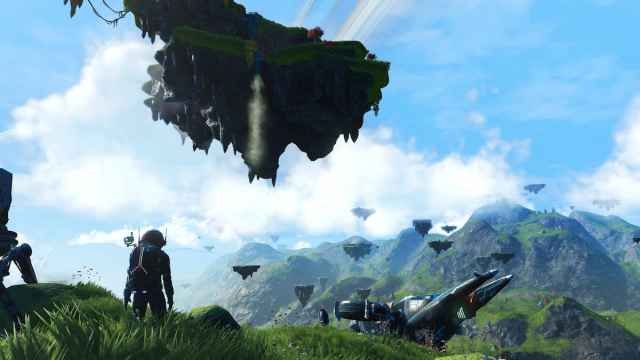
Just take the most recent Worlds Part I update, which tasks players with fighting off swarms of insects to save infected planets. On top of adding in infested enemies, the developers went out of their way to include graphical updates to water, storms, and clouds. This doesn’t even include Solar Ships being added to shipbuilding or the new mechs you can battle when you piss off the Sentinels. With every patch, the love the developers have for their game is palpable because they provide endless ideas and content for the community.
While it’s unclear where Hello Games will take us next, one thing’s certain: The story of NMS’s success is one of the greatest redemption arcs in modern gaming.


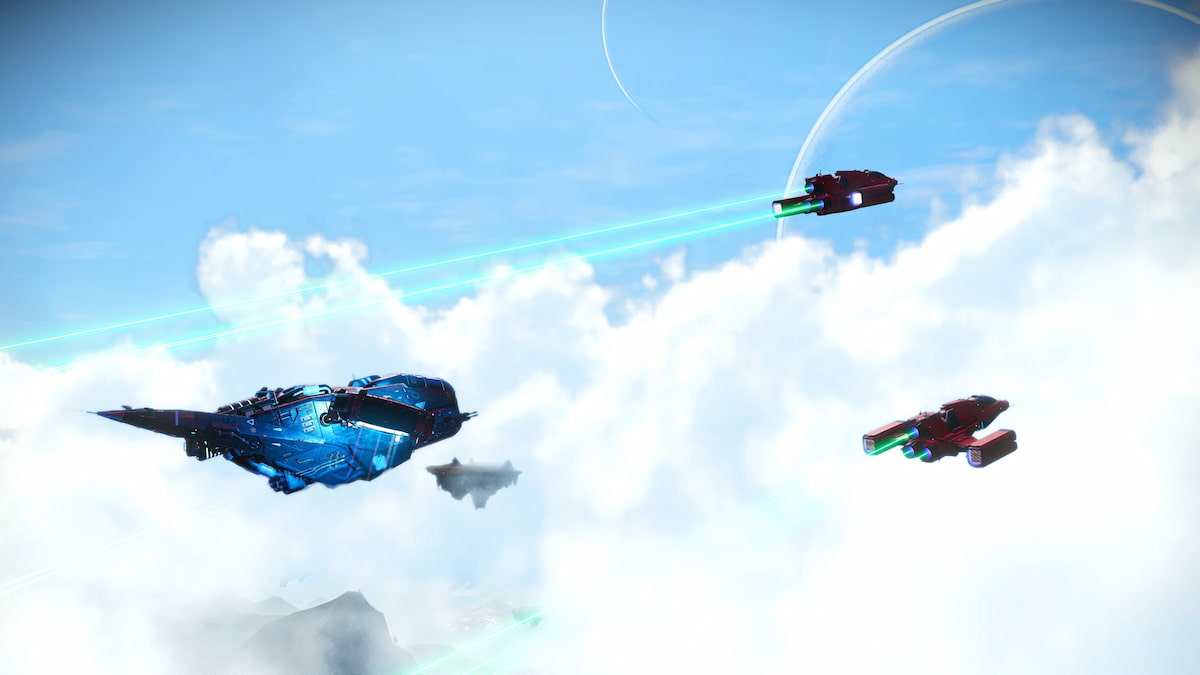
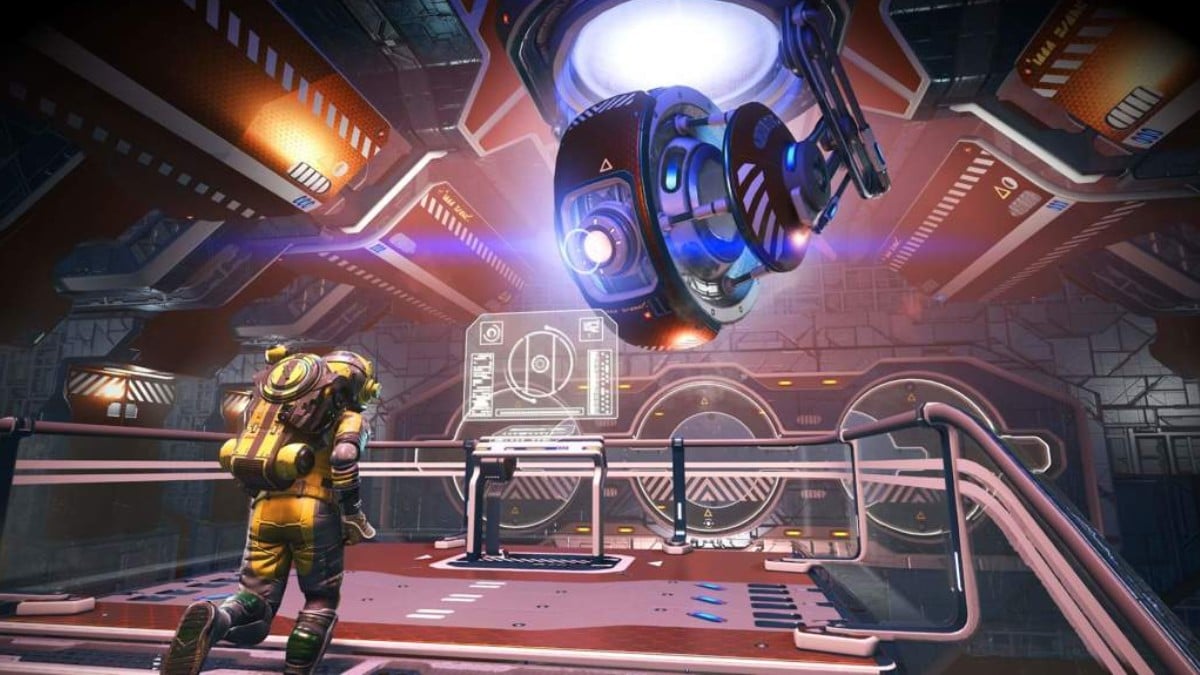
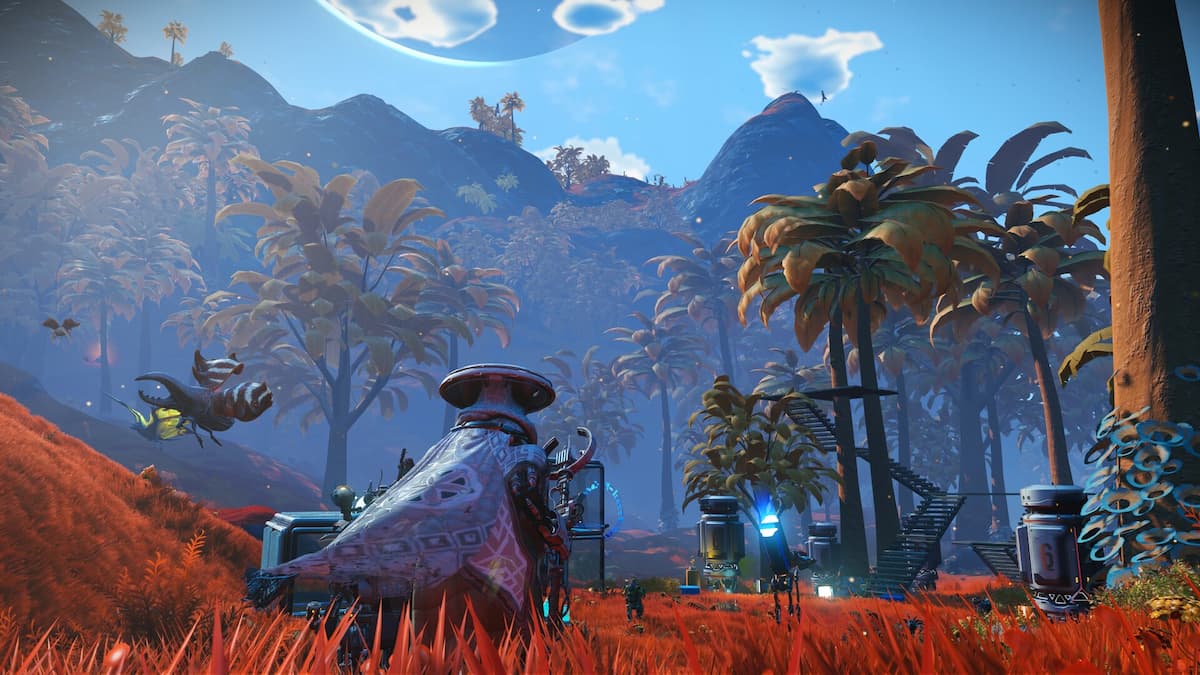
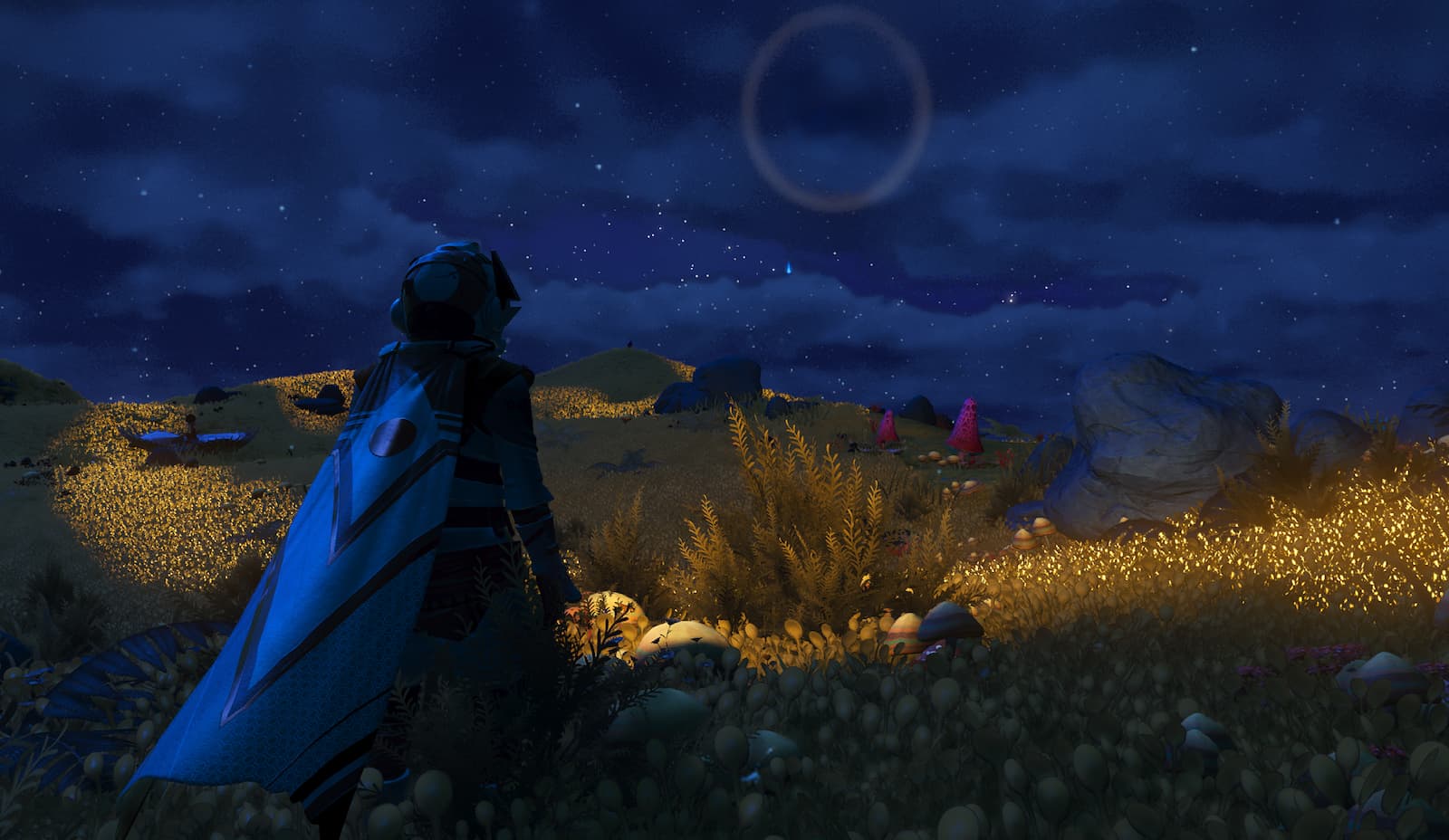
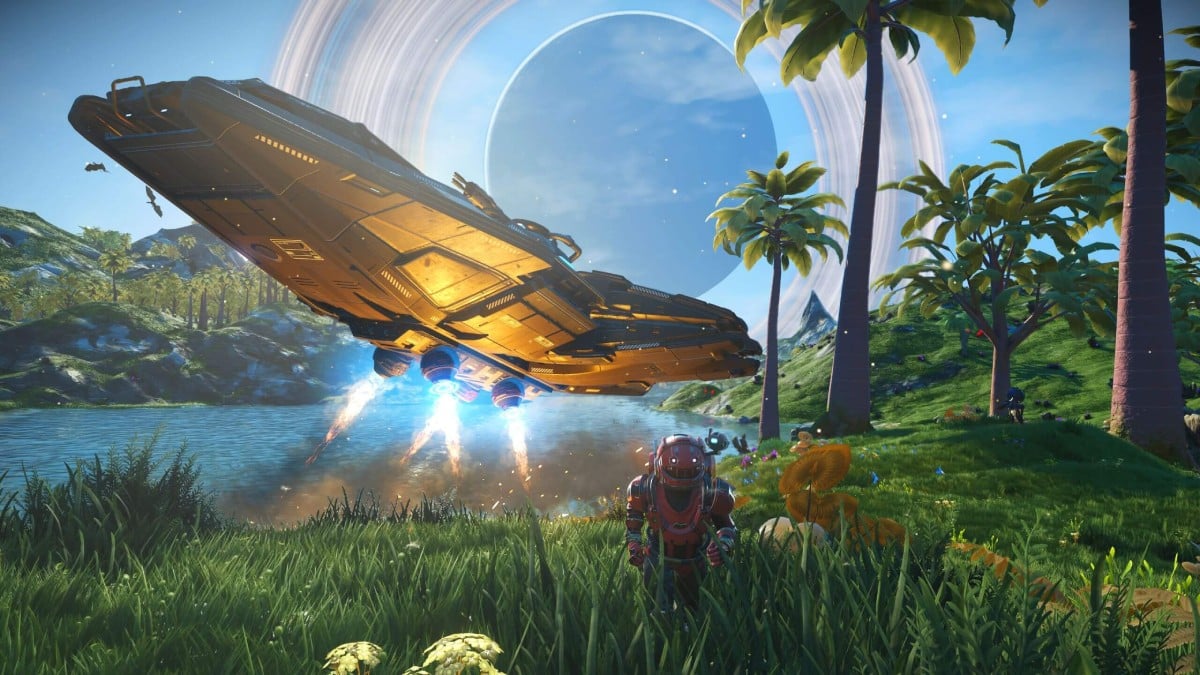

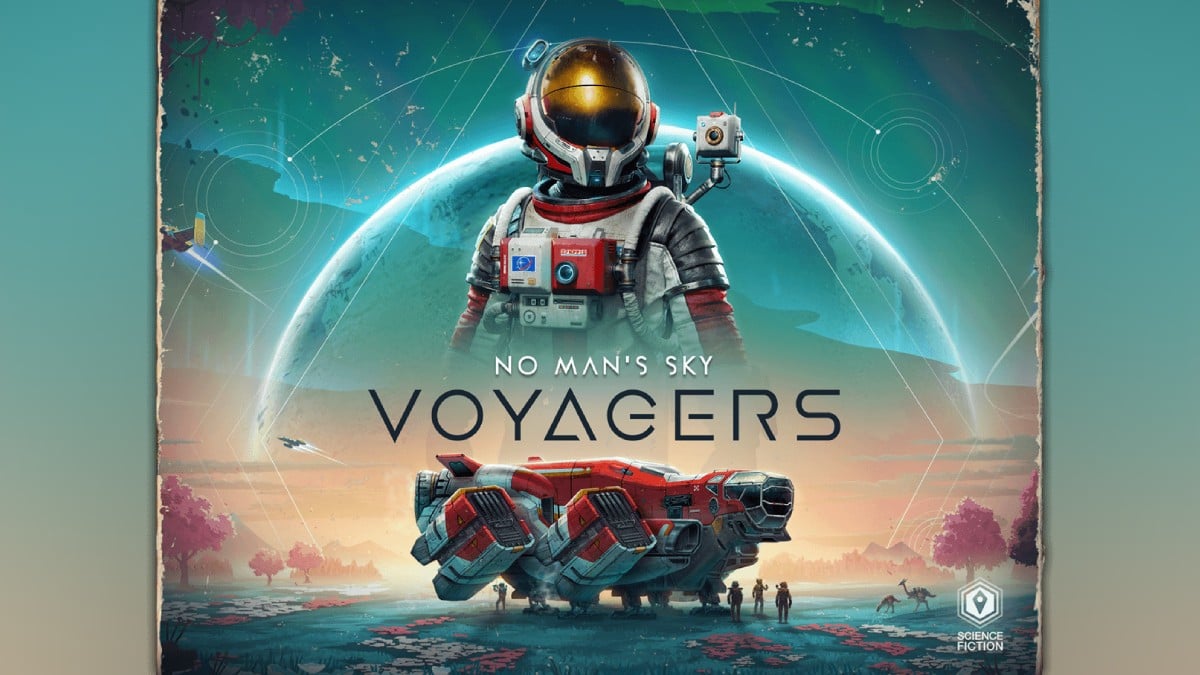
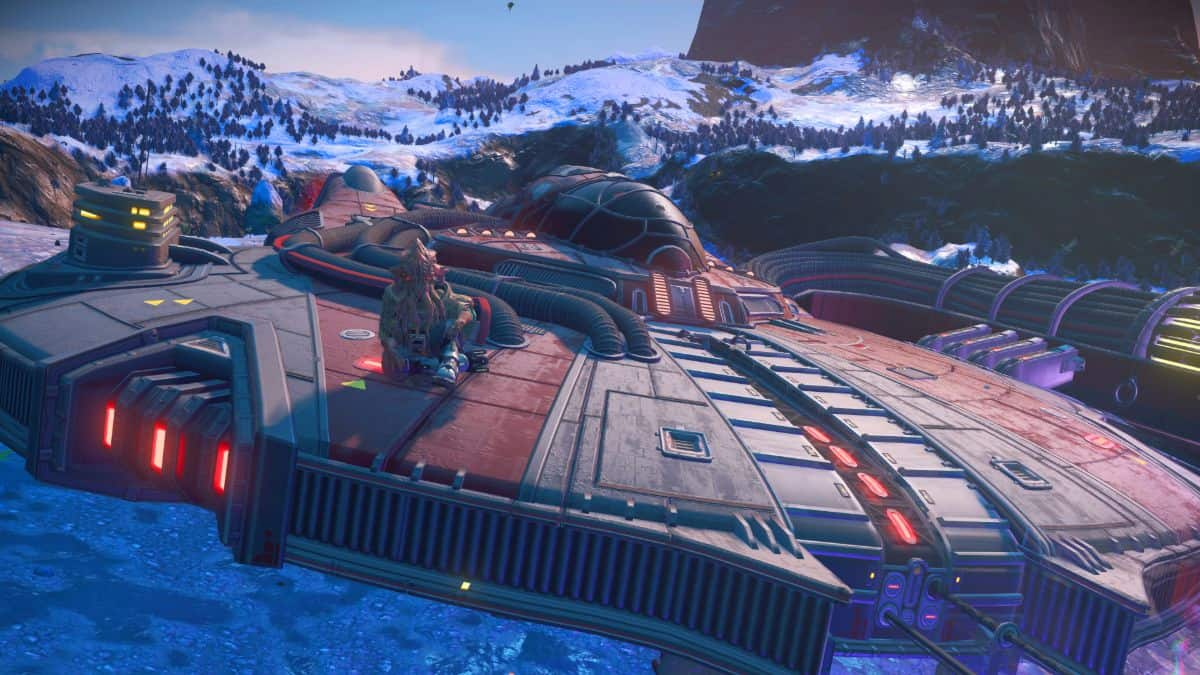
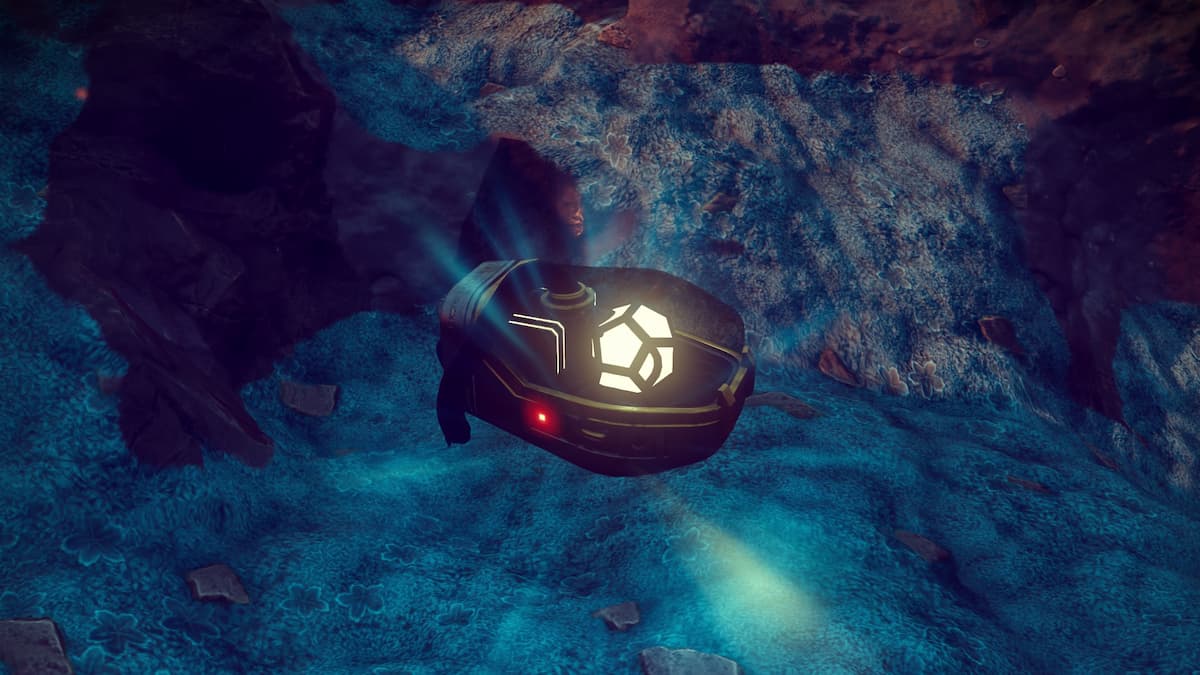
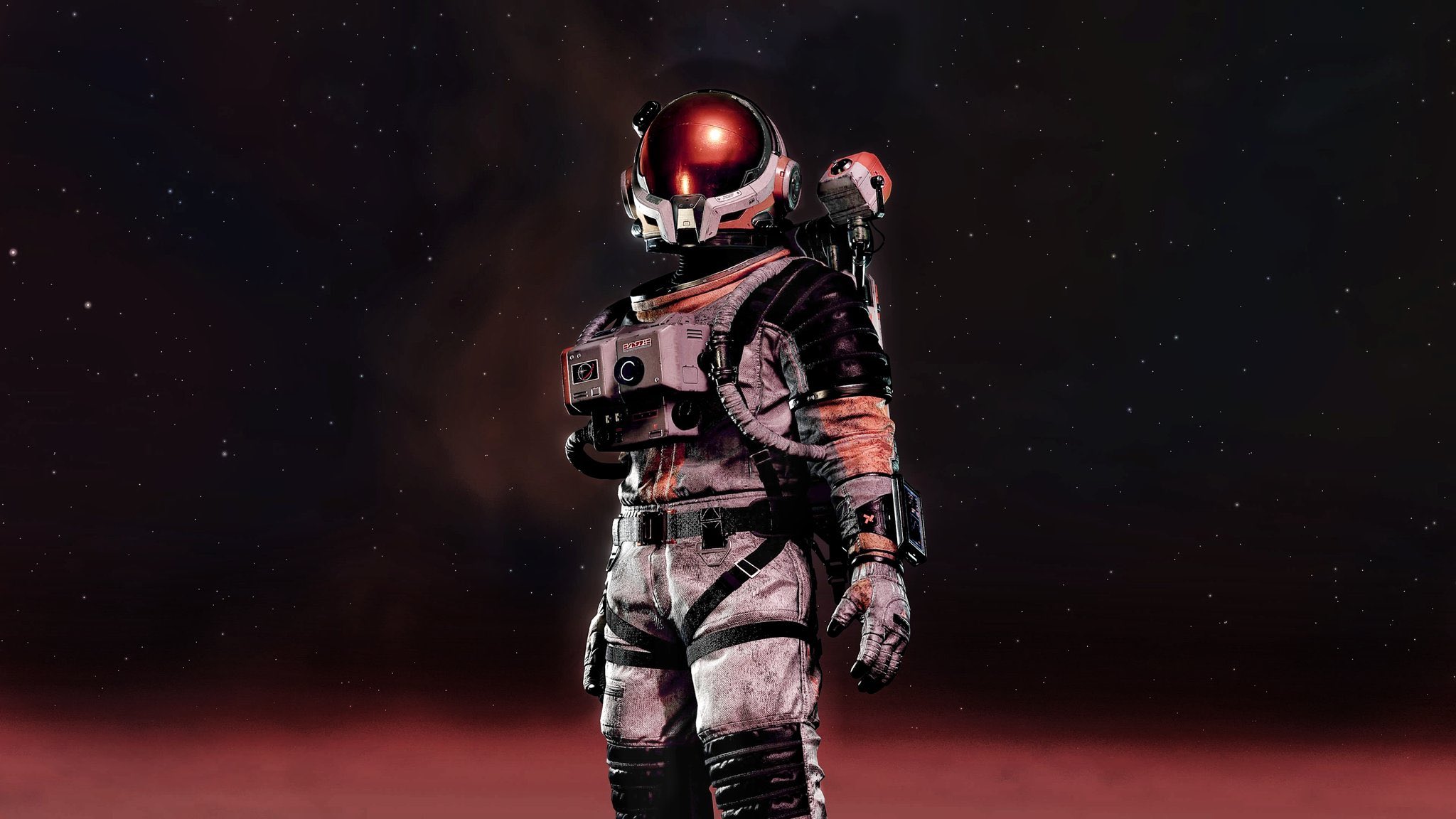
Published: Aug 12, 2024 02:47 pm